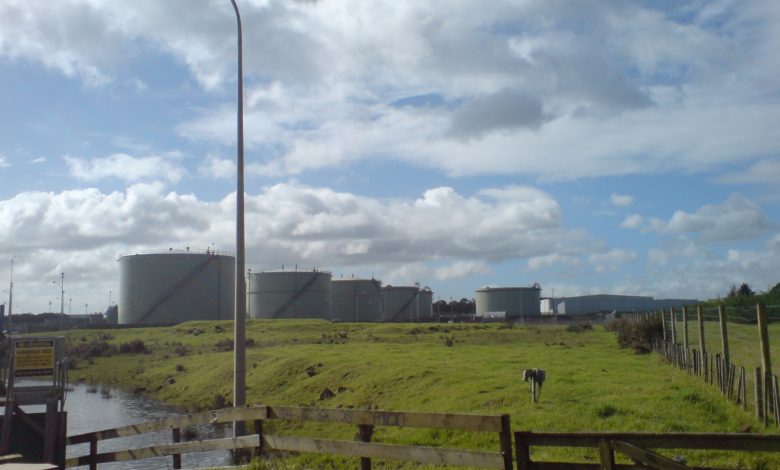2019: A Year in Review for the U.S. Oil and Gas Industry

A Consequential Year
As the calendar year comes to an end, 2019 has been one of the most consequential years in decades for the U.S. oil and gas industry. Exploding exports of oil and natural gas, a dramatic shift in American strategic interests in the Middle East, a rapidly falling oil rig count, and range-bound oil prices have been some of this year’s major stories for the industry. Strong demand from the transportation industry, recovering fossil fuel prices, and technological advancements in oil and gas exploration infrastructure and production activities are just a few of the factors that have been driving growth in the U.S. oil and gas market (PR Newswire, 2019).

Rapid Global Transformations
Around the world, the oil and gas industry has been undergoing a series of rapid transformations. U.S. oil and gas companies have been working diligently to respond to the surging global demand for fossil fuels. Global oil demand is expected to increase by 104 million barrels per day by 2025, while natural gas is also expected to continue to expand its share across global markets as coal-fired power plants continue to be taken offline (PR Newswire, 2019). As a result of increasing global demand, U.S. companies have been adopting new business models and services to fill the gap.
Heavy investment in research and development related to new technologies has allowed for many U.S. companies to adopt unconventional drilling practices to greatly enhance oil and gas production in 2019. Consequently, as American companies have flooded the market with new oil and gas, a global supply glut has kept oil prices at relatively low levels. Throughout the entire year, the price for West Texas intermediate (WTI), a common benchmark in American oil pricing, has lingered from a low of $51 per barrel to a high of $60 per barrel (Blackmon, 2019)

Record Production
As the U.S. produced a record amount of oil in 2019, American exports also remained near record levels. Throughout 2018, the U.S. was still considered a net importer of crude oil, with about 5.7 million barrels imported per day. However, in 2019, the exporting gap closed significantly. While final statistics have yet to be released, energy analysts expect the U.S. to be a net crude oil importer of roughly four million barrels imported per day (Rapler, 2019). Compared to when the U.S. was importing a net of 14 million barrels per day in 2005, American producers have made significant progress in recent years with a surge in domestic production (Rapler, 2019).

Future Growth
The future of oil and gas production in the U.S. will be shaped by a variety of factors. Economic growth, vehicular fuel economy, and population could be major growth drivers, or could conversely hinder growth of the American oil and gas industry. Moreover, while government policies in recent years have helped to support more exploration and production of oil and gas, a change in political control over Congress may also play a major role in the future of the industry.
Sources
Blackmon, D. (2019). “The U.S. Oil And Gas Industry: A Look Back At 2019.” Forbes.
PR Newswire. (2019). “United States Oil and Gas Market, Size, Share, Outlook and Growth Opportunities 2020-2026.:” LNG Analysis.
Rapler, R. (2019). “America Is Not Yet A Net Crude Oil Exporter.” Forbes.



